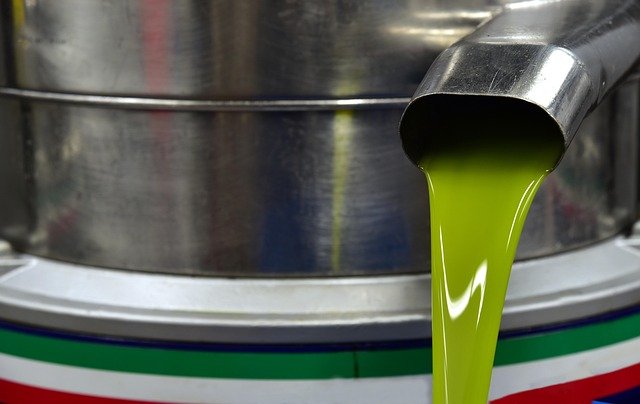Olive Oil: Production, Uses, and Harvesting Practices
Extra virgin olive oil is a widely used culinary fat with a long domestic and agricultural history. This article explains how olive oil is produced, how olives are grown and harvested, what role the olive tree plays in yield and quality, and common uses and handling considerations for oil and fruit. It aims to give a clear, practical overview for readers interested in food, agriculture, or sourcing local services.

This article is for informational purposes only and should not be considered medical advice. Please consult a qualified healthcare professional for personalized guidance and treatment.
What is olive oil?
Olive oil is the liquid fat obtained from the fruit of the olive. It is classified by extraction method and chemical quality: extra virgin and virgin olive oils are produced by mechanical processes without chemical refining, while refined olive oils undergo additional processing to neutralize strong flavors or defects. The flavor, aroma, and chemical profile depend on the olive variety, ripeness at pressing, extraction temperature, and storage conditions. Olive oil is sensitive to light, heat, and oxygen, so producers and retailers typically store it in dark glass or stainless-steel containers to preserve quality.
How are olives grown and selected?
Olives are grown in Mediterranean-type climates: hot, dry summers and mild, wet winters. Cultivation begins with selecting varieties suited to the region and intended use—table olives require different characteristics than oil cultivars. Growers manage soil, irrigation, and pruning to balance tree vigor and fruit production. Fruit selection for oil focuses on ripeness and health: underripe olives yield greener, more bitter oils with higher polyphenol content, while riper olives produce milder, fruitier oils. Harvest timing and methods (hand vs mechanical) influence the rate of bruising and fermentation, which can affect oil flavor and acidity.
How does an olive tree develop fruit?
The olive tree is an evergreen that can live for many decades and produce fruit annually once mature. Flowering occurs in spring, and fruit set depends on pollination, weather during bloom, and tree health. Fruit development follows, with olives changing color from green to purple to black as they ripen. Tree management—pruning to maintain canopy shape, fertilization targeted to nutrient needs, and pest and disease control—affects fruit quantity and quality. Older trees are sometimes prized for distinct flavor profiles, while younger trees may be trained to maximize early yields for local services or commercial orchards.
When and how is harvesting done?
Harvesting typically occurs from late autumn through winter, varying by region and cultivar. Hand-harvesting and careful mechanical shaking are common to reduce damage; nets collect fallen fruit. Faster mechanical harvesting is suited to large orchards but can increase bruising and the risk of fermentative defects if the fruit sits too long. Timing is crucial: olives should be processed within hours to a few days after picking to reduce oxidation and microbial growth. Many producers aim to mill the fruit the same day to protect aromatic compounds and keep acidity low, which affects quality designations like extra virgin status.
What are common uses for olive and olive oil?
Olives are consumed both as table fruit—cured in brine, water, or lye—and pressed for oil. Olive oil is used widely in cooking for sautéing, dressings, and finishing dishes, and it is also an ingredient in cosmetics, soaps, and traditional medicines. Culinary choices often match oil type to use: robust extra virgin oils can be paired with hearty dishes or used as a finishing drizzle, while lighter refined oils are common for high-heat frying due to a higher smoke point. Proper storage—cool, dark, and sealed—prolongs shelf life and maintains flavor.
Conclusion
Understanding olive oil starts with the olive tree and runs through cultivation, harvesting, and processing choices that determine the final product’s flavor and stability. Whether you are sourcing oil from local services or learning about agricultural practices, attention to variety, harvest timing, and storage helps explain why oils differ. The practical steps—timely harvesting, gentle handling, and prompt milling—remain central to producing quality olive oil and preserving the attributes consumers notice in both olives and their oil.




